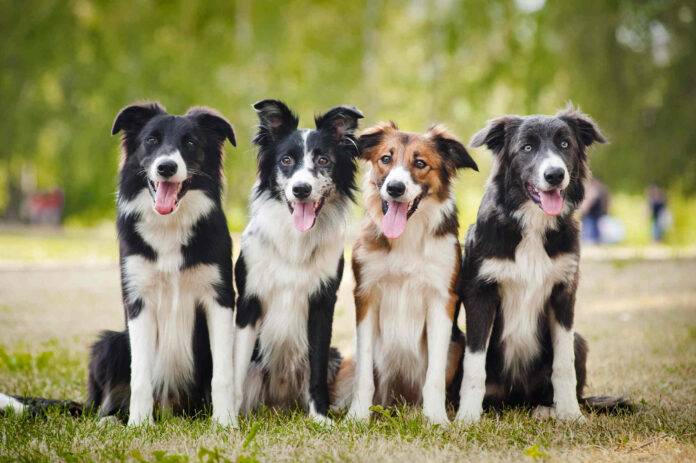The popularity of owning sheep and cattle dogs on the Sunshine Coast is growing, as is a fitting place where you can take your dog to do what it is naturally bred to do.
Word of mouth, a love for dogs and a knack for knowing animal instincts are just some of the reasons John Borg’s Sheep Herding for City Dogs venture is so successful.
Last month Dr Harry from Better Homes and Gardens was “popping in” because he had been waiting so long to meet him.
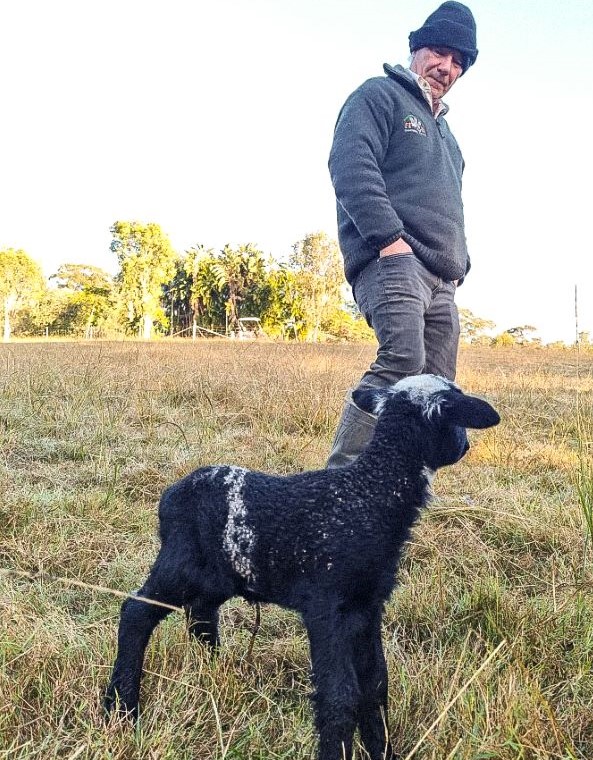
He’s taking client bookings all day and the dog trainer and competitor of 19 years has about 200 dogs gleefully come through his gates a week to train how to work his 50-odd sheep.
“Dr Harry came and said ‘I’ve been waiting so long to meet you, I’ve heard so much about you’,” Mr Borg said.
“But he usually goes to places that have problem dogs and I haven’t got any problem dogs here.
“He got blown away when I had my 21 dogs here and I said stop and all 21 dogs stopped.”
It’s a win-win – the dogs are overjoyed with being able to run and work animals, and owners and their furry friends get expert and award-winning training from Mr Borg.
“I show my clients how to walk their dog and teach them how to communicate with their dog,” he said.
“We are trying to communicate with dogs using human language, instinct and emotion, and it doesn’t work – because it’s a dog – their language is body language.
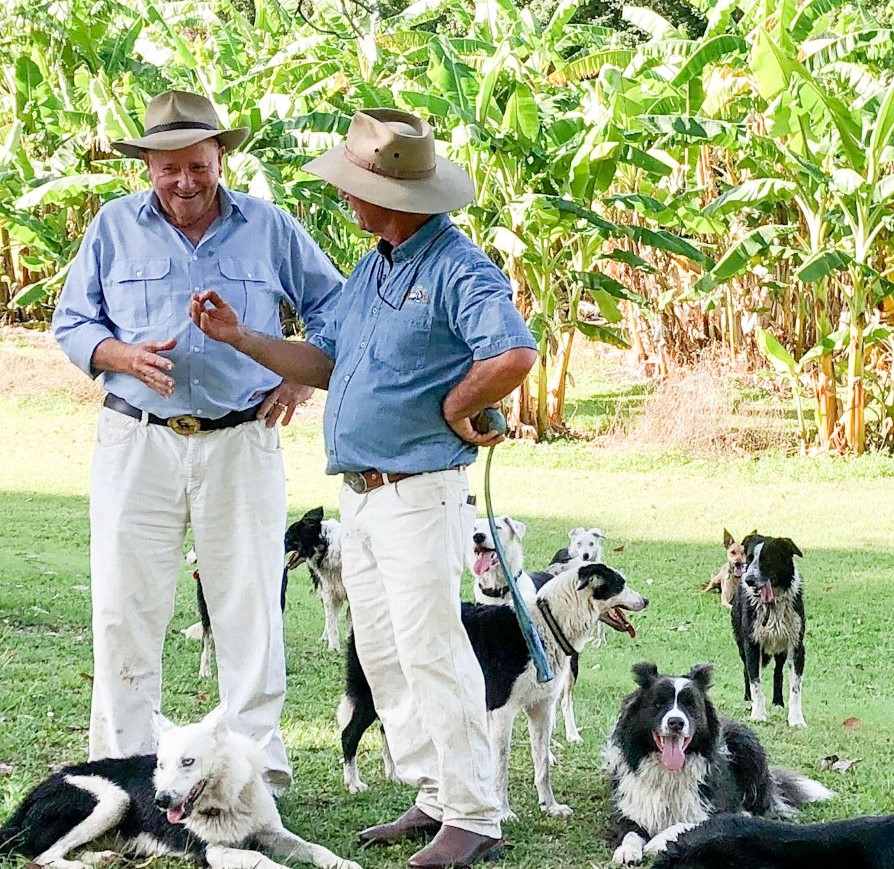
“It’s fulfilling for me because I am helping a lot of people.
“Even vets tell me I am saving so many dogs, because a lot of these dogs get put down or re-homed or surrendered.
“The more you can teach people how to communicate with their dog, the less are getting surrendered, put down or re-homed … this is why I see so many dogs.”
While cattle and sheep dogs have been bred to be “working dogs”, Mr Borg said he sees all types of city dogs at his Peachester farm.
Read a related article: The Aussie favourite pet that never goes out of fashion
“I started this farm seven years ago because I saw a need for it,” he said.
“These city dogs get bored at home and become destructive and problem children, so I help their owners with that.
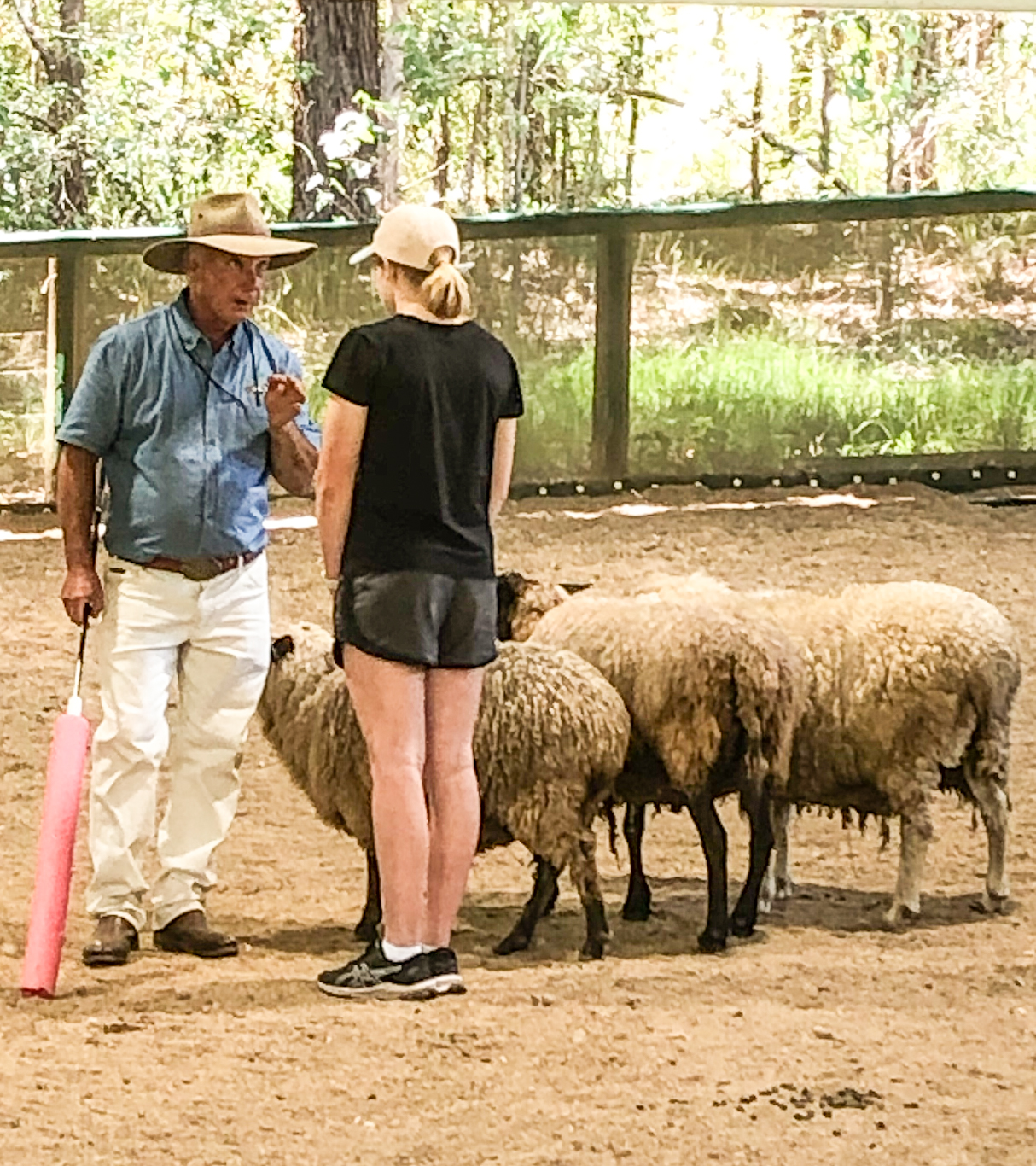
“Training how to work sheep is an outlet for them that’s instinctive – I don’t teach the dogs how to do this, they know how to do this.
“Owners can give their dog an outlet here, learn to how to better communicate with their dog and to have control over their dog. There will be a much better relationship afterwards.”
He explained how being able to “get control” of a highly excited dog while they are near the sheep is the key to being able to always have control them in any environment.
“Once I’ve got control, I send the dog out into the paddock and it will disappear over the ridge,” he said.
“By the time they get to the sheep, they are fully excited and within five minutes, they’re bringing sheep back.
“They could be 200m-300m away and if I call out, they will leave the sheep and come back. Once you can go out in a paddock and control your dog around sheep you can control your dog anywhere.”
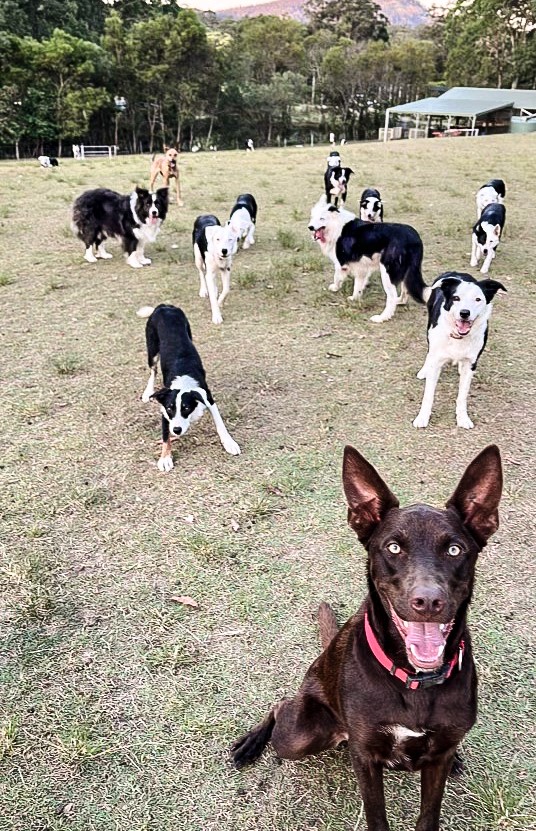
Starting in pens, Mr Borg oversees the dog working the sheep in a controlled area. Then once he has complete control of the dog he moves them out into the paddock.
“Because the last thing you want is a dog chasing sheep because that’s what he is going to remember, you want him working,” he said.
“Then I start handing the reins to the my clients – that’s where the relationship develops between them.
“Clients are out there on the beach and in parks with total control of their dogs and people are like ‘how did you get such total control of your dog’ and they say ‘you need to come and see this guy’.”
He revealed he grew Sheep Herding for City Dogs purely through word of mouth, with clients as from as far away as central New South Wales and Mackay.
It was while Mr Borg was on a training facility learning how to train his own dog that he “accidently” became a dog trainer.
“The trainer left there and the owner of that place made me the trainer. People were saying ‘can you train mine?’ and it just grew and grew,” he said.
SUBSCRIBE here now for our FREE news feed, direct to your inbox daily!


